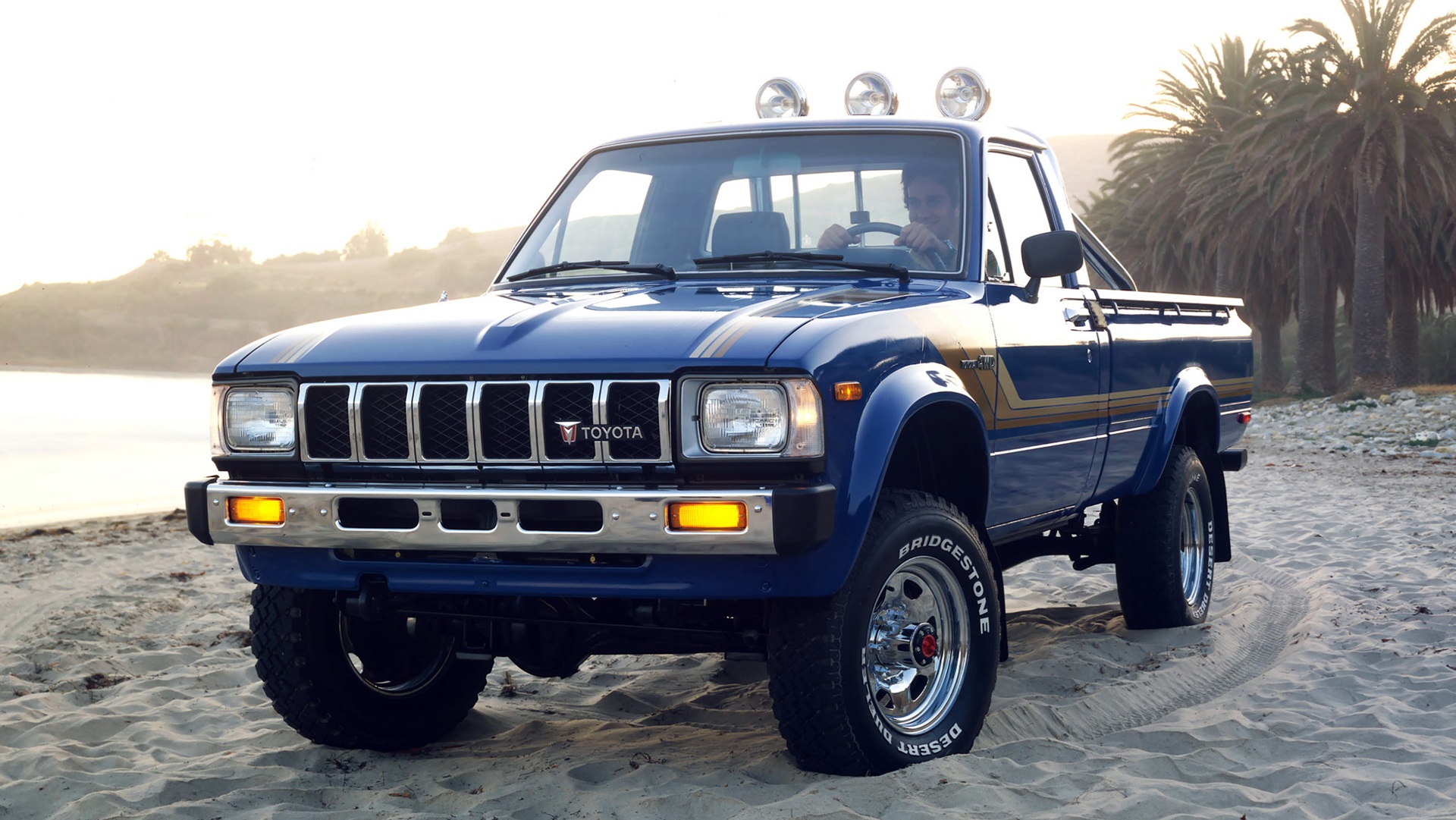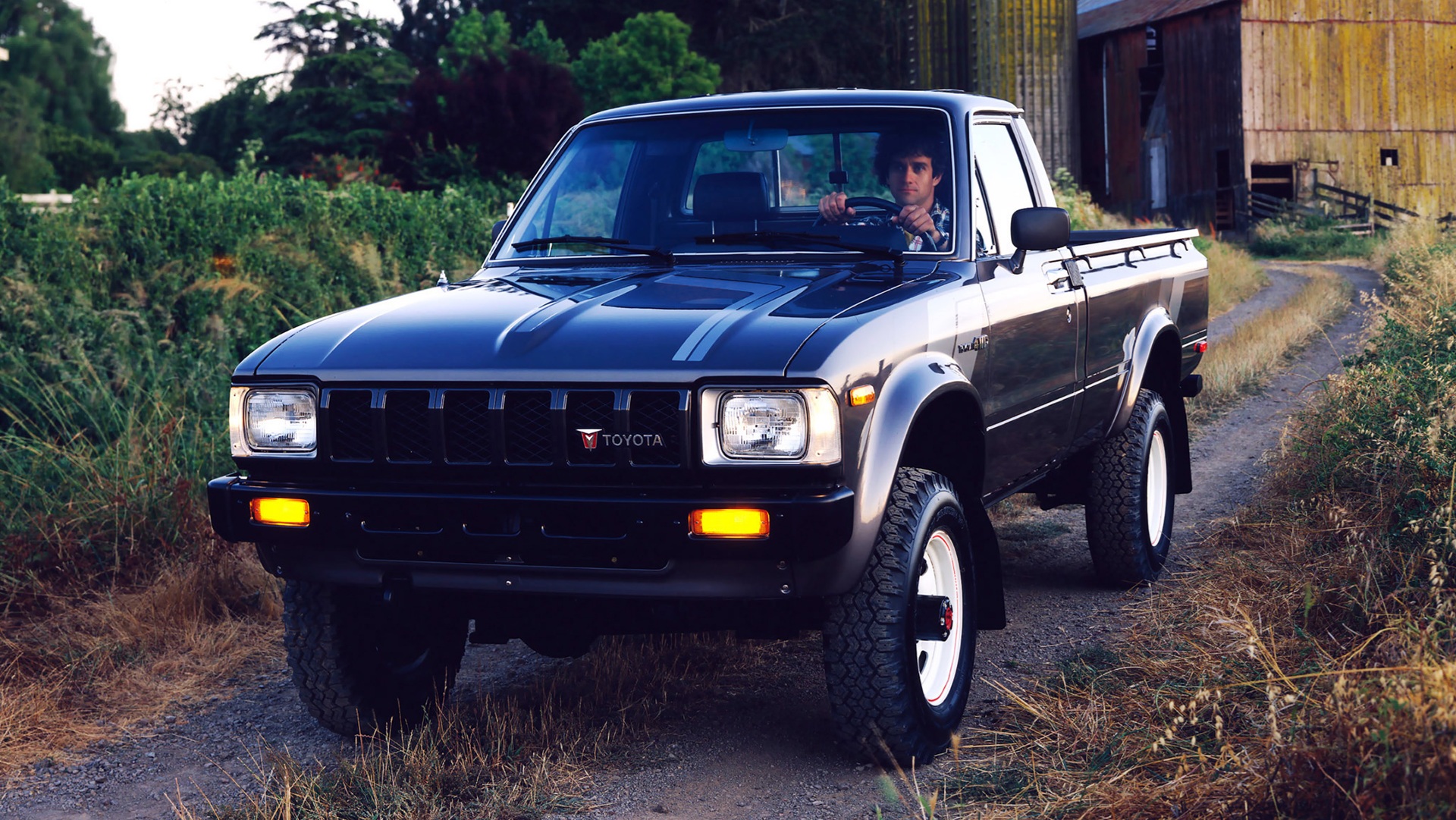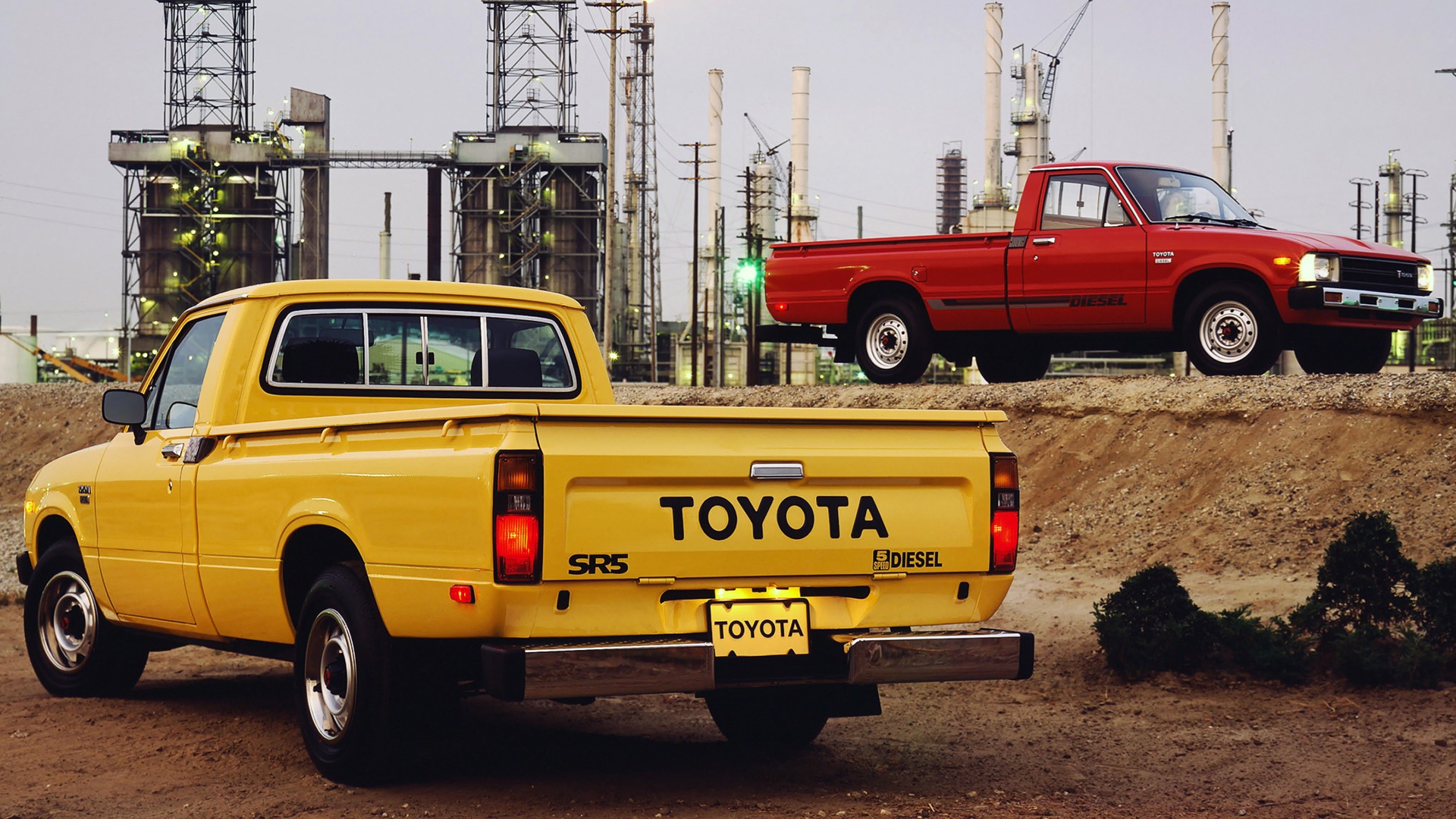
The rugged Toyota Tacoma has stood proud as the best-selling midsize truck in the United States for decades. Now, the company hopes to replicate this success with a smaller, unibody model developed to take the Ford Maverick‘s lunch money.
“Decisions have been made. The question is when we can slot it in. It’s not a matter of ‘if,’ at this point. We’ve studied it a lot. We’re dedicated to it. We’re going to figure out how to make it work,” said Cooper Ericksen, the head of planning and strategy for Toyota’s North American division, in an interview with MotorTrend. He added that the truck, whose name hasn’t been announced yet, has been in the works for years.
It sounds like Toyota has already laid the truck’s foundations. The model will ride on a version of the modular TNGA platform found under most of its existing vehicles, to absolutely no one’s surprise, it will be offered with hybrid power. Don’t let the car-derived bones fool you, however. Toyota stressed that “small” and “tough” aren’t mutually exclusive.
“If we do this, it is going to be a Toyota truck. It needs to have certain capabilities and attributes and functionality. It needs to be a workhorse,” Ericksen explained. Luckily, Toyota has proven time and again that it knows how to make a dependable small pickup.


It’s too early to provide pricing, but taking on the Maverick head-to-head will require offering a truck with a Maverick-like base price. For context, Ford’s smallest pickup starts at $30,535 including destination, while the cheapest Tacoma will set you back $33,085. We’re not discounting the possibility that Toyota will try to undercut the Maverick’s price by a not-insignificant margin instead of trying to match it.
After all, the brand has high hopes for its entry-level truck: Its data suggests that selling 100,000 to 150,000 units annually isn’t far-fetched, and that’s only on the American market. Toyota’s global presence is much bigger than Ford’s, so it could leverage the benefits of economies of scale to bring costs down. Perhaps tellingly, Ericksen said that “affordability is one of the biggest headwinds” facing the car industry.
We’ll need to be patient to find out how Toyota envisions a small truck for the 21st century; We won’t see the truck in 2025 and we might not see it in 2026, either. “My hope is that you will see it very soon, but there are a lot of moving pieces,” Ericksen told MotorTrend. He added that Toyota’s engineering team currently has its plate full.
Got tips? Send ’em to [email protected]
